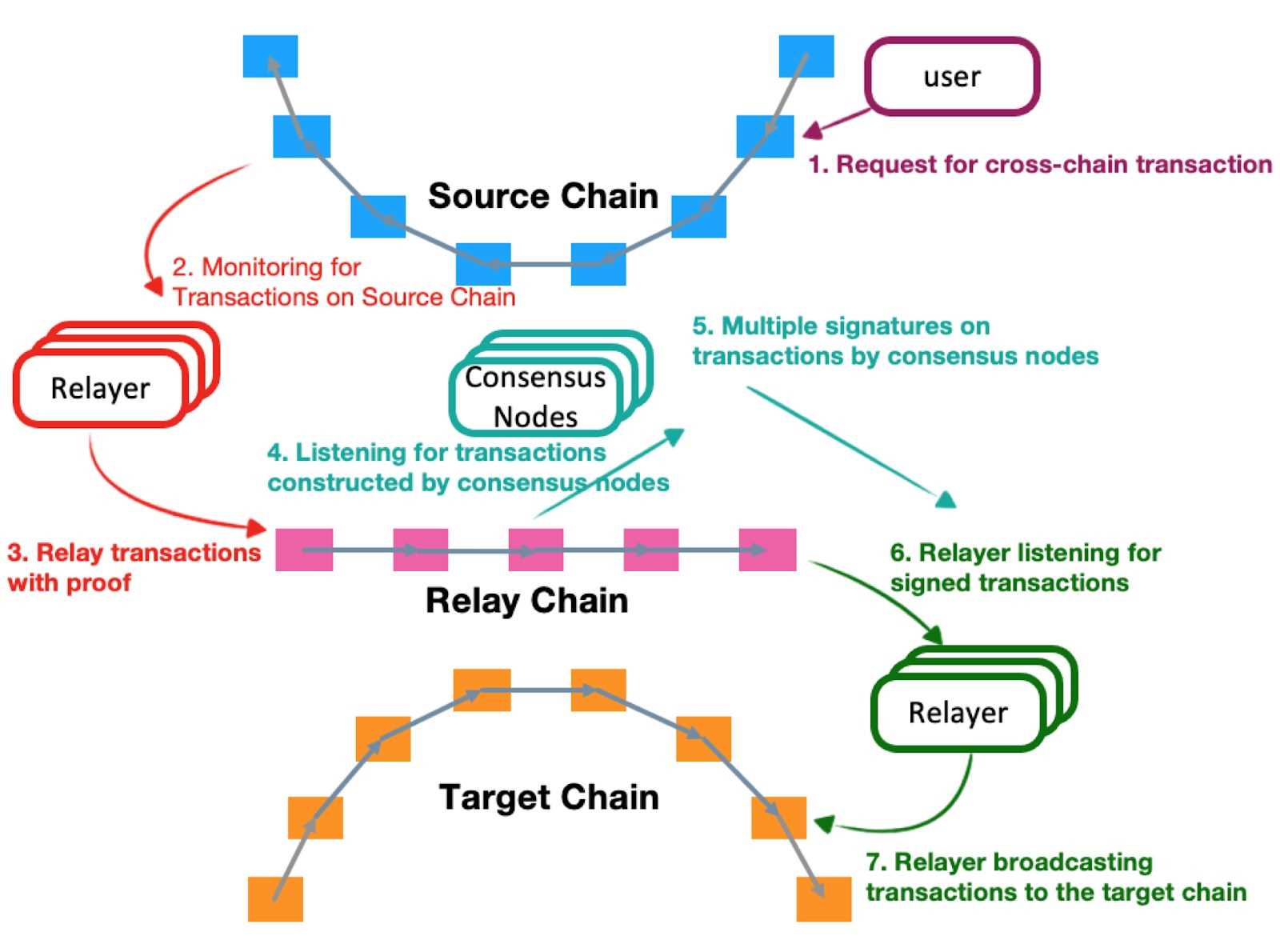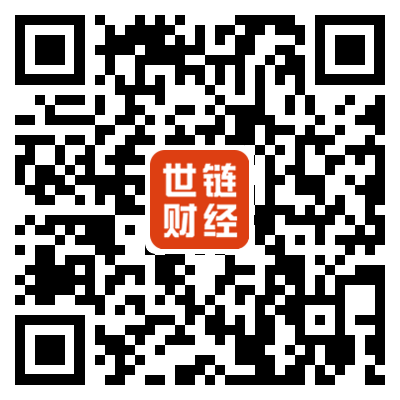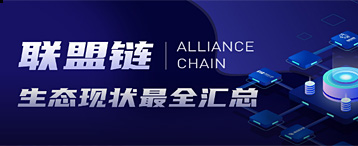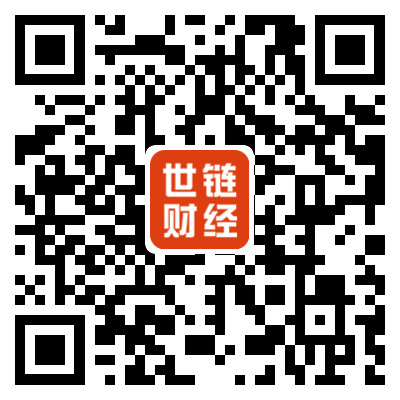-
An introduction to the various types of cross-chain bridge solutions
 Cointelegraph
Cointelegraph 2022-12-06
2022-12-06 3529
3529 Industry
Industry
-
Summary:Cross-Chain BridgesTo achieve interoperability across heterogeneous blockchain, several techniques have been developed. Here, we will present three te
Crossed chain bridge
To achieve interoperability of heterogeneous blockchains, several technologies have been developed and designed. Here, we will introduce the technical development trend of three cross chain transactions in detail, analyze the main characteristics and discuss their potential risks. The three solutions are justice, hach time lock and relay entity model.
Notary Entity Model
The most obvious way to achieve cross chain interoperability is to set up a reliable third party (such as a public witness) to coordinate cross chain actual operation based on the verification and sharing of cross chain transactions. Two kinds of notaries can be used; Single Signature Notary Public Multiple Signature Notary Public
Single signature notaries, also known as centralized notaries, collect transaction data information from the source chain, authenticate it, and implement transactions on the overall target chain. It is a simple model with high response speed. However, its main disadvantages are affected by common failures or incorrect behavior of individual connection points.
For multi signature notaries, cross chain requirements initiated by "account a" in "blockchain 1" must be successfully authenticated by most notaries. Once authenticated, the signature will be published on the corresponding transaction implemented on "Blockchain 2". In order to tolerate Byzantine mistakes, only more than two-thirds of notaries reach an agreement and sign a transaction, can cross chain transactions be resolved.

Hach time lock
Blockchain 2.0 provides a reliable natural environment for blockchain technology implementation for blockchain smart contracts for the first time, which can automate property management from a non trust environment. The blockchain smart contract is an automated technical agreement controlled by coding, which is used as the reading function of the operation interface, and enables special practical operations according to the customer's transaction management. This practical operation runs in an environment without trust.
The hach time lock entity model is a cross chain technology for the deployment of blockchain smart contracts. The main steps are as follows:
1. The initiator of the cross chain transaction selects a random number S of trade secret, then calculates the hash value of S h=hash (S), and sends it to the cross chain transaction responder
2. The initiator and the responder lock their property in the blockchain smart contract with the intention of trading in each blockchain. Both contracts are locked with key h, while the open asset key is a random number S. The duration of the property being positioned in the blockchain smart contract is indicated by T1 and T2 respectively, in which T1 must exceed T2. Only the initiator and the respondent can open their respective properties with the random number S.
3. The initiator announces S within the duration T2 to open the property in the contract. If the time exceeds the duration set by the initiator, the agreement will automatically return the property to the respondent
hach time lock entity model effectively overcomes the inherent trust problem in cross chain links. As long as the initiator maintains the security and confidentiality of the random number S and cycle time, (T1-T2) gives the responder sufficient time to open the property, and both parties can complete cross chain transactions in a piecemeal way.
Solid model of solenoid valve
The relay entity model of cross chain events is an abstraction of cross chain manipulation, in which the data testing of cross chain processes is abstracted into the consensus problem of the relay layer. A blockchain with improved maintainability has been developed on such an abstract layer, and then a third blockchain, namely relay chain, appears, and interoperability is achieved.
In the relay entity model, a series of relay connection points are deployed in each blockchain network to supervise the transaction data information of the blockchain and link it to the relay chain. The consensus connection point of the relay chain authenticates the effectiveness of cross chain transactions and causes the implementation of corresponding transactions
Figure and the listed processes show the most typical relay entity model cross chain transactions
Requirements for customers to conduct cross chain transactions in the source chain
The relay connection point supervises the transaction management data information and links it to the relay chain
Effectiveness of consensus connection point authentication transaction in relay chain
Transaction management corresponding to the consensus join point structure of
Most of the consensus connection points sign transactions and generate signature sets
Trunk connection point monitoring transaction management and signing
The relay connection point conveys transaction management to the overall target chain

The relay chain consensus mechanism depends on the performance safety factor of cross chain services. Classical Byzantine fault-tolerant optimization algorithms, such as PBFT, can achieve high throughput when more than half of the connection points are appropriate. Improved version numbers of Byzantine fault-tolerant algorithms, such as HotStuff, further reduce the diversity of communication, and also support the connection point of consensus for larger scale participation.
The relay chain is technically difficult to achieve, because it must have a high diversity of engineering projects. However, they have advantages. The relay chain with blockchain smart contract can generate a cross chain service system. A relay chain can transmit information between blockchains, thus increasing the scope of value transfer. Poly Real Estate Internet is an example of successful implementation of cross chain relay model
The relay entity model completes the abstract layer of interoperability, allowing network information security exchange and authentication between heterogeneous blockchains. In the case of Poly Real Estate Internet, a relay chain was established for more efficient data transmission and authentication. In addition, due to its complete blockchain infrastructure construction, local economic powers may develop rapidly in the ecosystem of Poly Real Estate Internet.
Data encryption interoperability
The solutions of the above three cross chain bridging modes are all developed to achieve interoperability across heterogeneous blockchains, which adds a lot of benefits. This solution has already been implemented and proved reasonable. In addition, a new iterative update and continuous improvement of this entity model is being carried out.
Disclaimer:As an open information publishing platform, shilian only represents the author's personal views and has nothing to do with shilian. If the article, picture, audio or video contains infringement, violation or other inappropriate remarks, please provide relevant materials and send it to: 2785592653@qq.com.
Hint:The information provided on this site does not represent any investment suggestion. Investment is risky, and you must be cautious when entering the market.
ShilianFan group:Provide the latest hot news, airdrop candy, red envelopes and other benefits, WeChat: rtt4322.
















